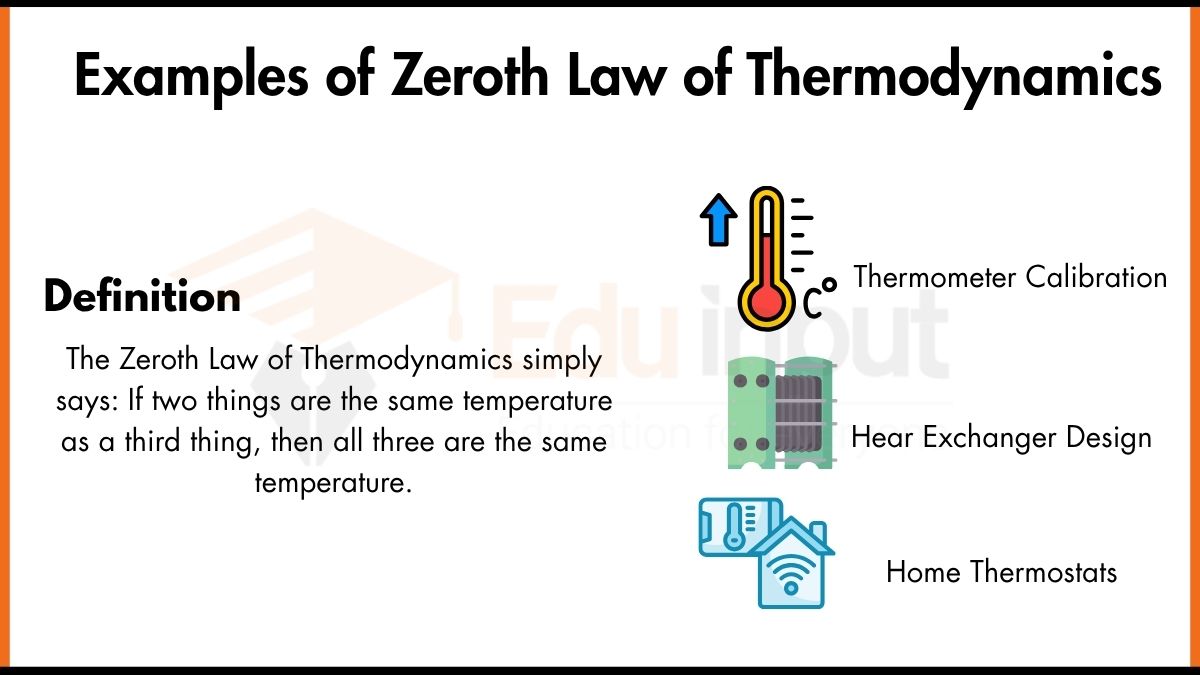10 Examples of Black Hole
Black holes are fascinating astronomical objects with extremely strong gravitational fields that result from the collapse of massive stars. They are known for their ability to trap everything, including light, within their event horizons. Examples of black holes include Stellar-Mass Black Holes and supermassive black holes.
Examples of Black Hole
Here are 10 examples of black holes.

1. Stellar-Mass Black Holes
Stellar-mass black holes are formed from the remnants of massive stars that have undergone a supernova explosion. They typically have a mass ranging from a few times that of our Sun to about 20 times the Sun’s mass.
2. Supermassive Black Holes
Supermassive black holes are found at the centers of most galaxies, including our Milky Way. They can have masses equivalent to millions or billions of times that of the Sun.
3. Event Horizon
The event horizon of a black hole is the boundary beyond which nothing, not even light, can escape due to the immense gravitational pull. It marks the point of no return.
4. Hawking Radiation
Black holes are not completely black; they can emit a faint radiation called Hawking radiation, predicted by physicist Stephen Hawking. Over very long periods, this radiation can cause black holes to slowly lose mass and eventually evaporate.
5. Accretion Disk
Many black holes are surrounded by an accretion disk, a swirling mass of gas and dust that spirals into the black hole due to its gravitational attraction. As the material spirals in, it heats up and emits X-rays and other high-energy radiation.
6. X-ray Binaries
X-ray binary systems consist of a black hole or neutron star and a companion star. Material from the companion star is pulled towards the black hole, forming an accretion disk that emits X-rays, making these systems detectable.
7. Gravitational Waves
Black hole mergers are a significant source of gravitational waves, ripples in spacetime predicted by Einstein’s theory of general relativity. The first direct detection of gravitational waves in 2015 confirmed the existence of binary black hole systems.
8. Spin
Black holes can rotate, giving the angular momentum. The degree of rotation or spin affects the shape of the event horizon and the behavior of nearby matter.
9. Wormholes
Theoretical physics suggests the possibility of wormholes, which are hypothetical shortcuts through spacetime. While they are closely related to black holes mathematically, their existence and stability are still subjects of speculation.
10. Black Hole Information Paradox
The fate of information that falls into a black hole is a long-standing puzzle in physics. The “black hole information paradox” questions whether information about the properties of particles that fall into a black hole is lost forever or can be somehow retrieved.
These examples illustrate the diverse and complex nature of black holes and their importance in our understanding of the cosmos, from their role in the evolution of galaxies to their contributions to the study of fundamental physics.







Leave a Reply